Open Insights: Open Video and the Audiovisual Body
Posted by Dr Paula Clemente Vega on 26 October 2018



An Open Insights essay by Ben Spatz
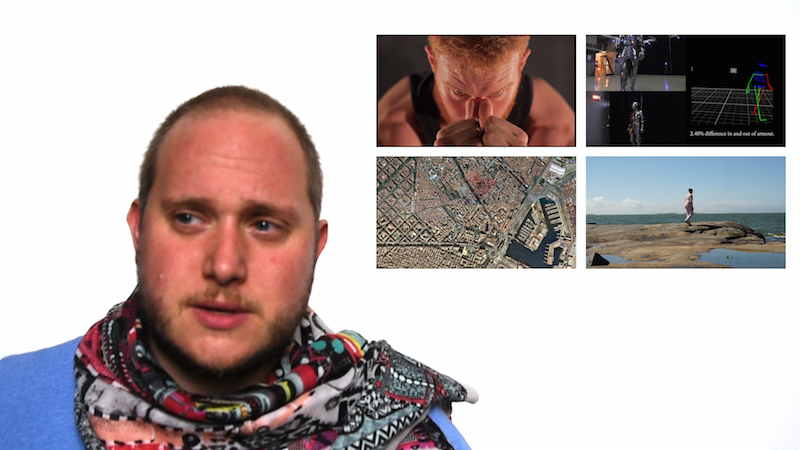
Fig 1. Screenshot of Spatz, B. (2018). Editorial. Journal of Embodied Research, 1(1), 5 (7:55)
Today’s questions around audiovisuality and ownership are not simple. While scholars, publishers, and others continue to debate the merits and feasibility of open access for primarily textual media, a subset of the OA community is focused on how these concerns apply specifically in the audiovisual realm. While many of the issues are similar, audiovisuality brings its own unique problems and potentials to the conversation. In this short essay I discuss the current status of OA video and lay out some of the ethical and epistemological questions that it raises
Citing, copying, and adapting text is not the same as citing, copying, and adapting video, especially when it comes to the appearance of recognizable bodies and faces and the rights we have as individuals both to privacy and to control the use of our image. While this is to some extent a legal issue, the actual fact is that existing technology has completely outstripped the ability of even large corporations and governments to control copying through legal action. We therefore have to consider the intersection of several different perspectives: what is allowed (which various by country), what ought to be allowed (which is a complicated ethical and political question), and what can be controlled (which depends very much on how digital platforms are constructed).
Video is often treated as a more accessible medium than writing. Universities now routinely create promotional videos and even experimental shorts to showcase their facilities, courses, and researchers. Universities also increasingly push to use lecture capture technology to record the pedagogical performances of their tutors. These recordings are intended for students already enrolled in those classes, but just a fine line separates them from a MOOC intended for much wider audiences. And while many excellent lectures are freely available, the incentive to commercialize academic pedagogy by selling lectures or MOOCs online is always present.
The Journal of Visualized Experiments (JoVE) is an example of combining innovative multimedia with conventional economics. JoVE publishes videographic documents that make scientific experiments available audiovisually, cutting through some of the difficulties associated with describing hands-on laboratory processes in words. But it is structured as a conventional scientific journal, with its research and teaching videos kept behind a paywall designed for institutional subscriptions.
Video as a research form has a long history, perhaps beginning with visual ethnography as a method in anthropology. Many older ethnographic films can now be found online, whether or not they are formally out of copyright, and in some cases the copyright status of such works is not clear. On the other hand, a good deal of research video is strictly inaccessible — for example, research in psychology or even in arts practice that studies the activities of children. One researcher who works with children told me that, although his research produces large quantities of video, none of it could ever be published as it is all based on confidentiality for the participants. Similar questions of ethics can be read back onto the ethnographic videos just mentioned, where consent to be recorded and to have one’s likeness published is often based on vast (often colonial) power differentials.
One field that is pushing forward with open access video is film and media studies. This makes sense given what I’ve just said, as the materials these researchers are working with do not present the same ethical problems. Contemporary scholars of film and media often remix published works, including Hollywood films, in which the power relation between the researcher and the audiovisual material is very different. These scholars are not working with newly created recordings of private individuals or vulnerable communities but with the images of professional performers and even celebrities. This gives them much freer range ethically and allows them to take a stand for open access publishing, as can be seen in this statement from MediaCommons:
MediaCommons is a strong advocate for the right of media scholars to remix and quote from the materials they analyze, as protected by the principle of “fair use” as articulated in American copyright law. If such quotation or remix is necessary to a scholar’s argument, if the quotation or remix serves to support a scholar’s original analysis or pedagogical purpose, and if the quotation or remix does not unduly harm the market value of the original, we must defend the scholar’s right to quote from and remix the media texts under study. MediaCommons holds that scholarly quotation and remix under Fair Use enhances the value and cultural currency of objects of study.
MediaCommons publishes the open access journal [in]transition, “the first peer-reviewed academic journal of videographic film and moving image studies.” This and other media studies platforms are pioneering new forms of video essay and academic research video. While fully videographic journals remain uncommon, more and more print journals are launching online sites in part to allow for the inclusion of multimedia materials that may accompany their textual articles.
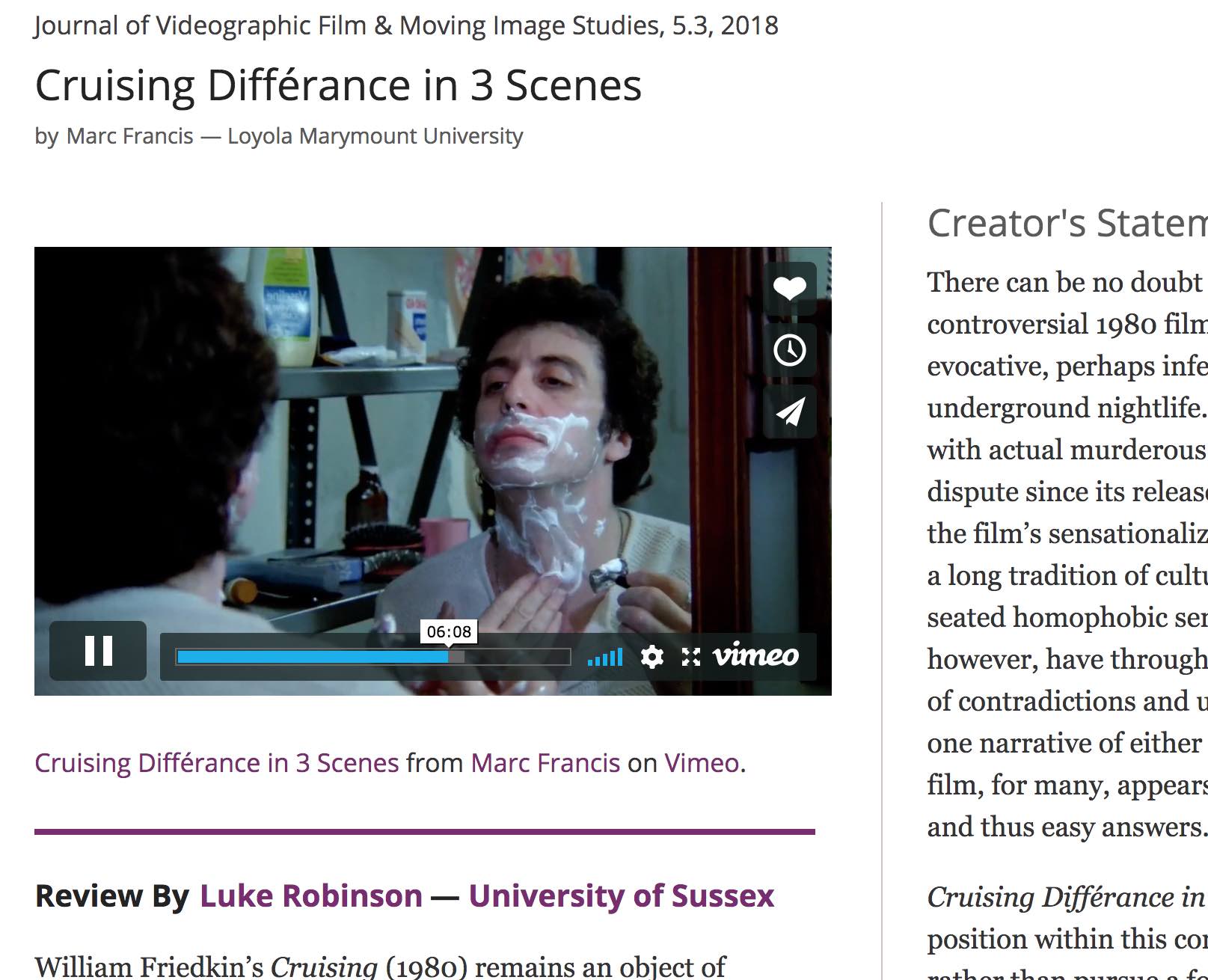
Fig 2. Screenshot of Wlodarz, J., & Robinson, L. (2018). Cruising Différance in 3 Scenes by Marc Francis. Journal of Videographic Film & Moving Image Studies, 5(3)
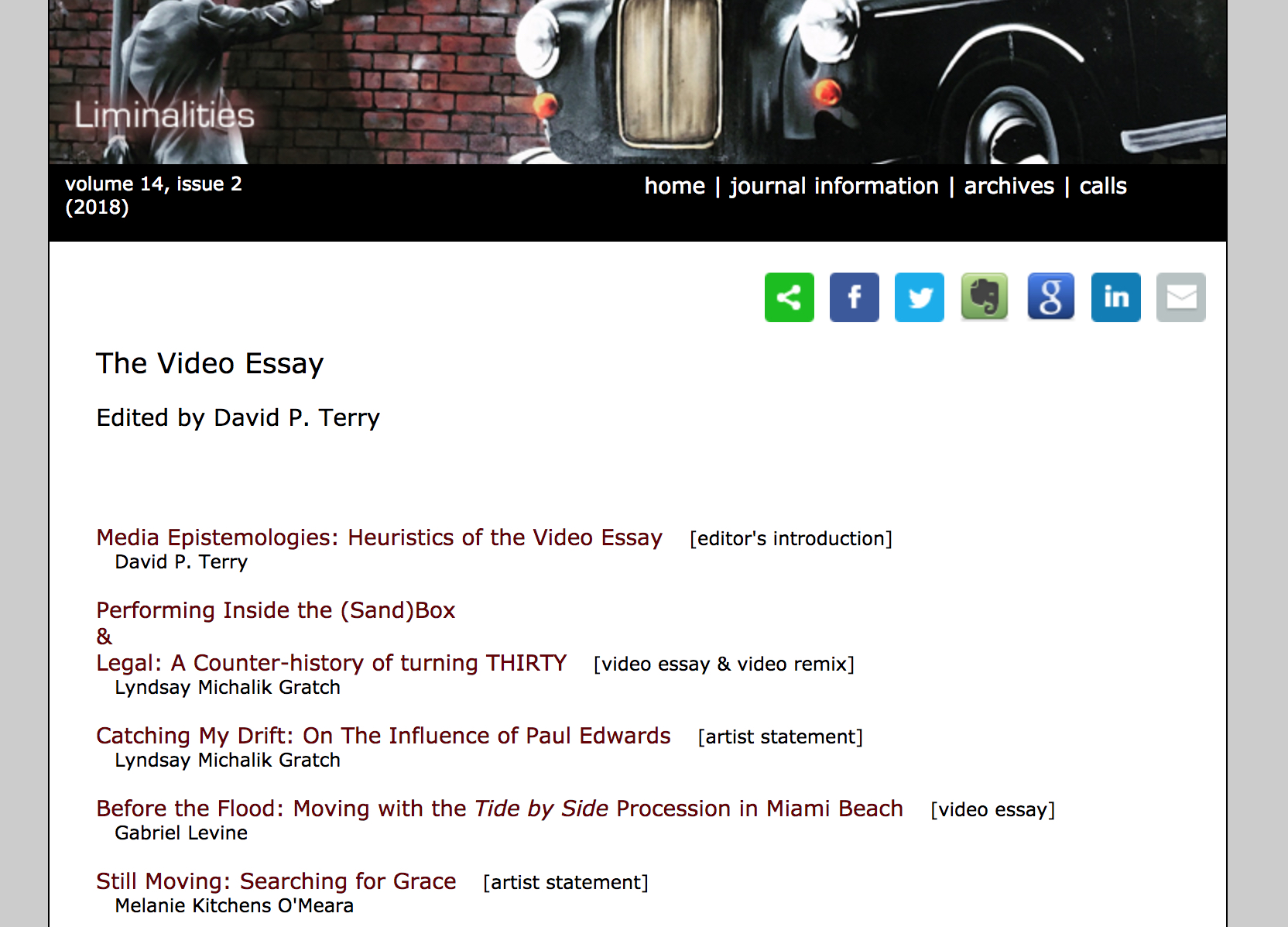
Fig 3. Screenshot of David, P.T. (2018) The Video Essay. Liminalities 14(2)
My own research comes out of theatre and performance studies, where for many years I focused on embodied practice and did not accord more than secondary importance to video documentation. In the 1990s, “performance documentation” was acknowledged as a useful but always incomplete and secondary way of approaching live performance. More recently, as recording technologies have become cheaper and more accessible, these epistemological dynamics have changed as well. Today it is becoming increasingly clear that video is a different but no less real or substantive mode of communication in performing arts. This has led me to the development of my own new approach to videographic embodied research, as well as to the founding of the Journal of Embodied Research (JER) as a platform in which key ethical and artistic issues related to research video can be explored. Other journals like Screenworks, Liminalities, Contemporary Theatre Review’s “Interventions” website, and the Theatre, Dance and Performance Training blog make it possible to combine audiovisual and textual media in a variety of ways.
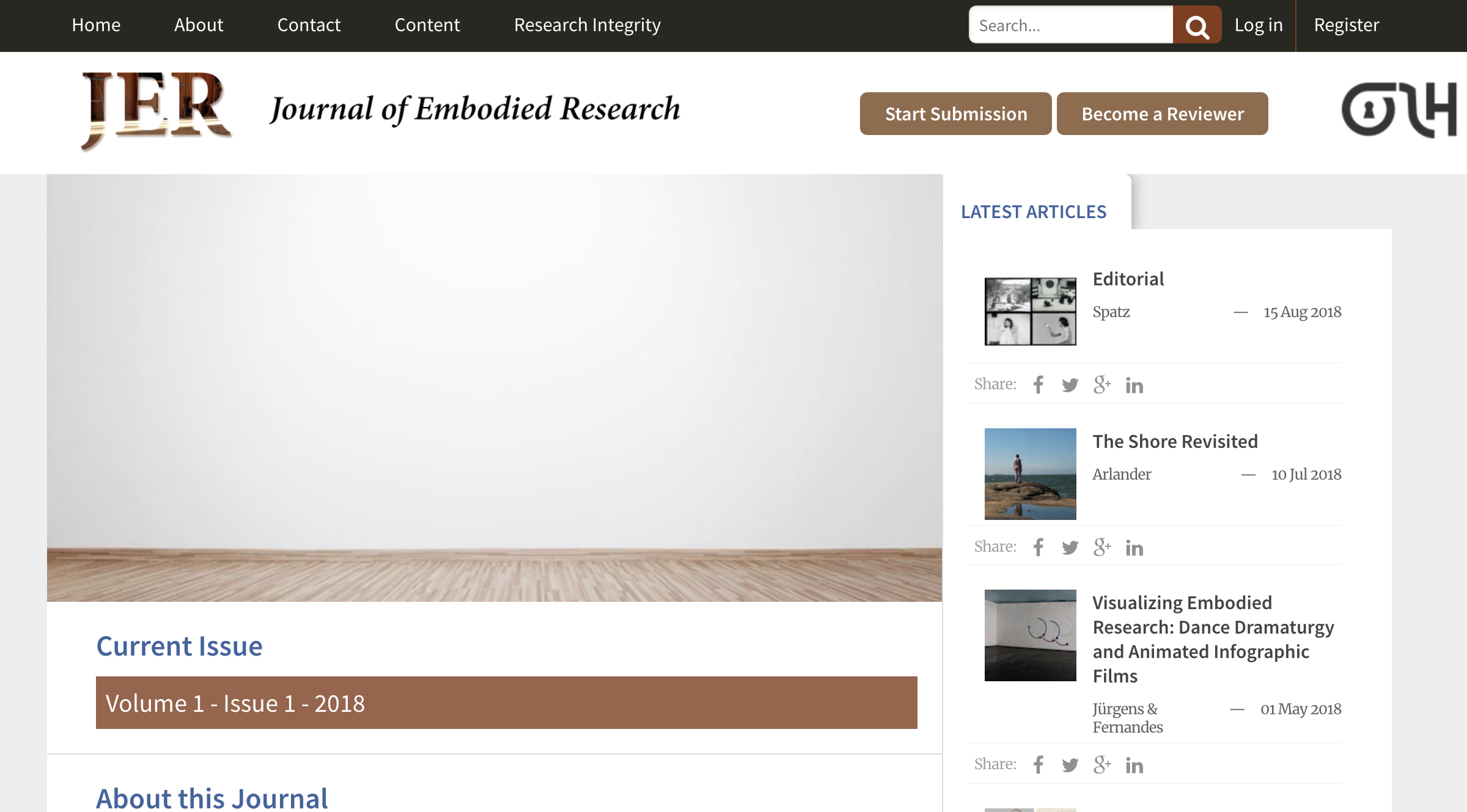
Fig 4. Screenshot of Spatz, B. (2018) Journal of Embodied Research, 1(1)
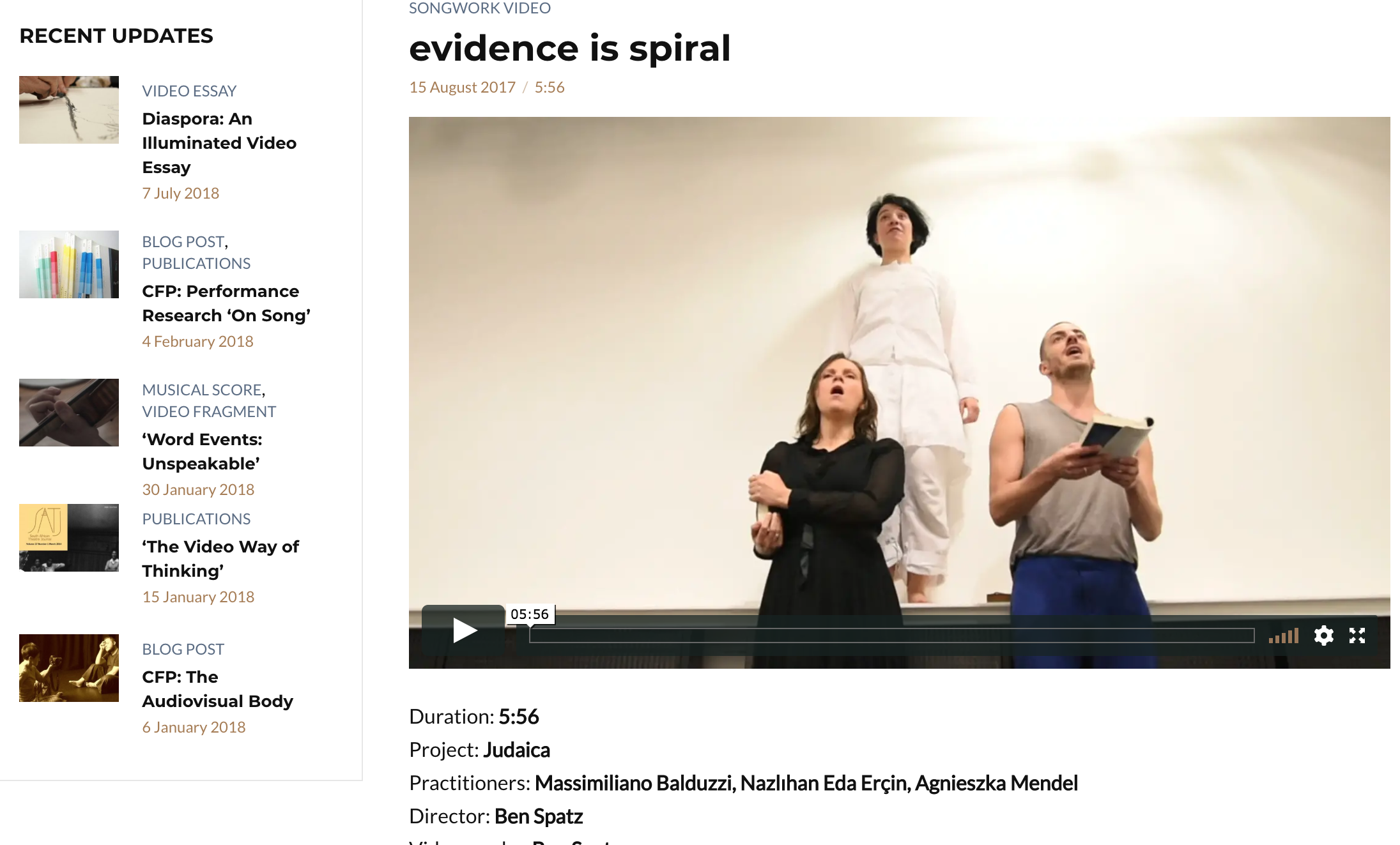
Fig 5. Screenshot of Spatz, B. (2017) Evidence is Spiral. Judaica Project
JER is published by Open Library of Humanities and committed to the implementation of CC-BY licensing. At the same time, I realize that we may face specific issues as a video journal that are less pertinent to text-based publications. One of my main concerns when working with JER authors in the first issue (2018) has been to establish the right authorship taxonomy for each video article. As a performance practitioner, I recognize that a person whose likeness is traced visually and aurally in a video recording has an important claim to be a co-author of the resulting work. This is what I call the contestable privilege of the audiovisual body, which has not traditionally been recognized in either ethnographic or commercial contexts where the external power of the director has historically been given most or all of the authorship credit and control for a given work.
Today there are far too many audiovisual resources online to even list. In the time it has taken me to write this post, another platform for publishing scholarly video works has probably been launched. YouTube and Vimeo continue to grow exponentially, and while many of the videos published online follow established conventions — in terms of how they are created, the relationship between director and performers, and the resulting copyright — experimental approaches to authorship and publication are also expanding much faster than anyone can track.
We need to keep asking deep questions about audiovisual meaning and ownership today. It’s not just a question of what can be done with copyrighted material and the need to ensure that the research exception to copyright is clearly established for audiovisual material — although this is essential. We need to rethink the ownership of such materials from the ground up. Not everything can or should be part of the media commons. Rights of privacy and custodianship — a term prevalent in indigenous rights activism around cultural property — need to be respected. But open access must be a crucial part of any future vision for the audiovisual. With the spread of digital media, we are witnessing a technological shift as radical as that provoked by the printing press. Everyone who works with knowledge and culture should be part of this discussion.
Our thanks to Ben, and keep an eye out for more #EmpowOA Open Insights soon!
